Originally published in the WI State Farmer November 2023
Purchasing new sheep or goats is exciting. Acquiring new animals can mean increased production, increased animal longevity, or improvement in a variety of characteristics the existing flock or herd needs. However, as exciting as it may be, biosecurity steps must be in place before the animals arrive to ensure the health of the new and existing herd or flock members and livestock owners.
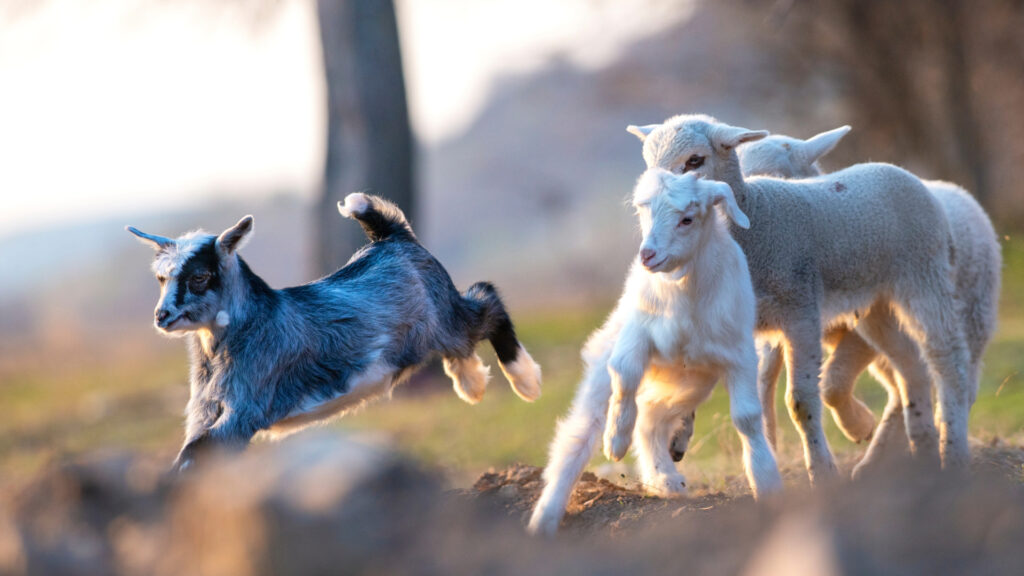
Developing a biosecurity plan for the farm before new animals arrive is one way to ensure all animals remain healthy and to decrease veterinary care-related expenses. One of the first biosecurity steps a farm can take is to acquire a Wisconsin livestock premises registration for all locations “where livestock is kept or congregated” (DATCP). Participating in premise registration enables quick notification of a disease threat that may impact your farm. Visit https://datcp.wi.gov/Pages/Programs_Services/PremisesRegistration.aspx for more information.
A sound biosecurity plan requires all newly purchased or borrowed animals to have a Certificate of Veterinary Inspection (CVI). Although Wisconsin law does not require a CVI when moving sheep and goats within the state, an up-to-date CVI proves a licensed veterinarian has examined the animal(s) within the past ten days and found them healthy for travel. The CVI is valid for 30 days from the examination date.
Knowing the vaccination history and disease exposure of the animals to be introduced to the farm can help you to understand the risks. As part of the pre-purchase negotiations, carefully inspect animals for signs of illness, disease, lameness, abscesses, runny eyes or nose, poor hair or wool, cough, skin abnormalities, and low body condition. Animals with these signs should be avoided.
Even healthy-looking animals may pose health risks. Upon arrival, isolate them for 30 days to monitor their health status. Arriving animals must be housed or kept separate from the original herd or flock. Avoid nose-to-nose contact, sharing feeding space, and waterers. If they are incubating the disease, the time spent in isolation will decrease the disease’s spread to the original animal group and reduce the time and money spent to treat all animals. Work with a veterinarian to decide the proper treatment protocol and discuss the risks to the original herd or flock. Establish vaccination protocols with your veterinarian so new animals will be similarly protected as the home animals.
Feed and care for them after handling the home animals to reduce disease spread from newly arrived animals. Clean and disinfect feeding and handling equipment and your footwear before and after handling the arrived animals. First, remove any dirt, debris, and manure; wash with detergent; rinse with clean water; and allow to dry. Rinse with clean water and dry before applying disinfectants. Detergents neutralize acid-based disinfectants before they can work; rinsing removes excess detergents for maximum disinfection. Drying before disinfection is necessary because water on the surface can dilute disinfectants, reducing effectiveness.
People working with sheep and goats can be exposed to and contract zoonotic diseases (disease spread between animals and humans) from contact with infected animals, consumption of contaminated food or water, inhalation, and disease-spreading insects such as flies, ticks, and mosquitoes (APHIS). Wash your hands after working with animals and refrain from eating and drinking around animals and animal facilities. Pregnant women should avoid contact with pregnant or aborting animals. When obtaining medical care, tell your doctor that you work with sheep and goats so they consider zoonotic diseases.
Introducing new animals into an existing herd or flock can be exciting. However, they can also jeopardize your health status and the home herd. Creating and following a sound biosecurity plan is essential for animal and human safety.
Resources and More information
DATCP Home Premises Registration (wi.gov)
DATCP Home Sheep & Goat Movement (wi.gov)


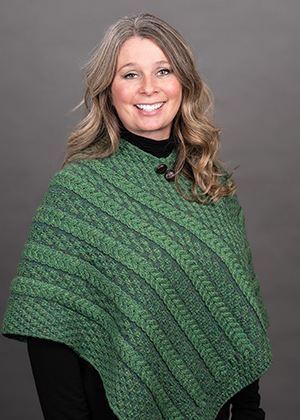
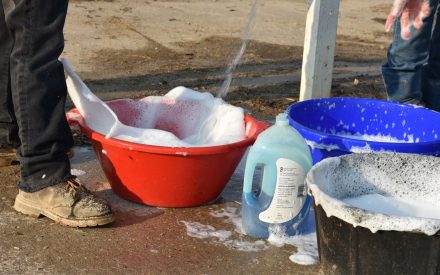 Biosecurity: Start with small steps
Biosecurity: Start with small steps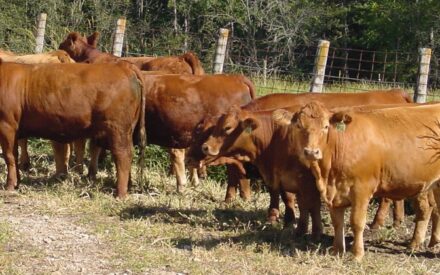 Herd Additions Are Risky: How to Mitigate Biosecurity Risk
Herd Additions Are Risky: How to Mitigate Biosecurity Risk Easy in, easy out: Incorporate biosecurity upon the introduction of new animals
Easy in, easy out: Incorporate biosecurity upon the introduction of new animals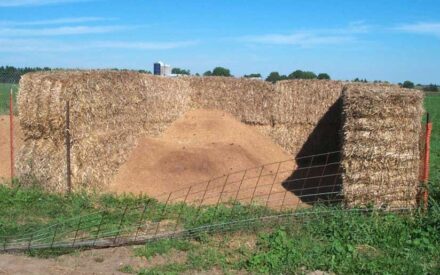 Composting Mortalities
Composting Mortalities


